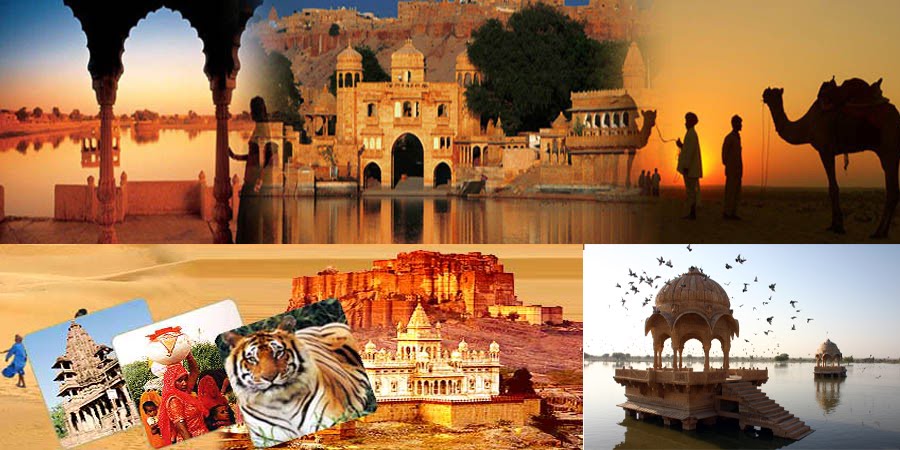Gaitore Ki Chhatriyan
Gaitore, also known as Gaitor, is a historic site located about 15 kilometers from Jaipur, Rajasthan. Nestled in a valley between the rugged Aravalli hills, Gaitore is renowned for its beautifully carved cenotaphs or 'chhatris' of the Kachwaha Rajput kings and members of the Jaipur royal family. These memorials serve as a significant reminder of the region's rich cultural and architectural heritage.
Historical Background
The word "Gaitore" is believed to be derived from the Hindi phrase "Gaye ka Thor," which means "resting place of the departed souls." This royal cremation ground has been used since the 18th century, following the tradition of constructing cenotaphs to honor deceased rulers. The site was chosen by Maharaja Sawai Jai Singh II, the founder of Jaipur, who reigned from 1699 to 1743. It was his vision to create a serene and secluded place for the final rites of the royal family.
Architectural Marvels
The cenotaphs at Gaitore are a stunning blend of Hindu and Mughal architectural styles. Each chhatri is uniquely designed, reflecting the tastes and preferences of the ruler it commemorates. They are constructed from white marble and sandstone, adorned with intricate carvings, detailed frescoes, and elaborate domes.
Key Cenotaphs
- Maharaja Sawai Jai Singh II: His cenotaph is one of the most impressive, featuring an ornate dome supported by intricately carved pillars. The carvings depict scenes from Hindu mythology and stories from the king's life, showcasing the craftsmanship of the artisans of that era.
- Maharaja Sawai Madho Singh II: His chhatri stands out for its elaborate marble work and beautiful peacock motifs. It is a fine example of the fusion of Rajput and Mughal architectural styles.
- Maharaja Sawai Pratap Singh: Known for his patronage of the arts, his cenotaph reflects his aesthetic sensibilities with exquisite carvings and a serene, artistic design.
Cultural and Historical Significance
Gaitore holds immense cultural and historical significance as it offers a glimpse into the lives and legacies of the Kachwaha rulers. The cenotaphs are not only memorials but also works of art that narrate stories of valor, devotion, and cultural patronage. Each structure tells a unique tale through its architecture, reflecting the era in which it was built.
The site also provides valuable insights into the funerary practices of the Rajputs. Unlike many other royal cremation grounds in India, where cremations were performed anonymously, Gaitore stands out for its personalized memorials that celebrate the lives of the rulers in detail.
Conservation and Tourism
In recent years, Gaitore has gained popularity as a tourist destination due to its architectural beauty and historical importance. Efforts have been made to preserve and maintain the cenotaphs, ensuring that they remain intact for future generations to appreciate. The Archaeological Survey of India (ASI) has undertaken several restoration projects to repair and conserve the delicate structures.
Visitors to Gaitore can explore the intricacies of the carvings, the peaceful surroundings, and the stunning views of the Aravalli hills. The serene atmosphere of the site makes it a perfect spot for reflection and understanding the rich heritage of Jaipur's royal lineage.
Modern Day
Today, Gaitore is a serene retreat away from the bustling city of Jaipur. It offers a unique blend of historical grandeur and tranquil beauty, making it a must-visit for history enthusiasts, architecture aficionados, and tourists alike. The site continues to be a poignant reminder of the glorious past of the Kachwaha dynasty and their contributions to the cultural landscape of Rajasthan.
In conclusion, Gaitore stands as a testament to the architectural brilliance and cultural richness of the Rajput rulers of Jaipur. Its beautifully crafted cenotaphs not only honor the departed royals but also celebrate the artistic heritage of the region. Through its preserved structures, Gaitore keeps the legacy of the Kachwaha dynasty alive, offering a window into the history and traditions of Rajasthan.






0 comments:
Post a Comment